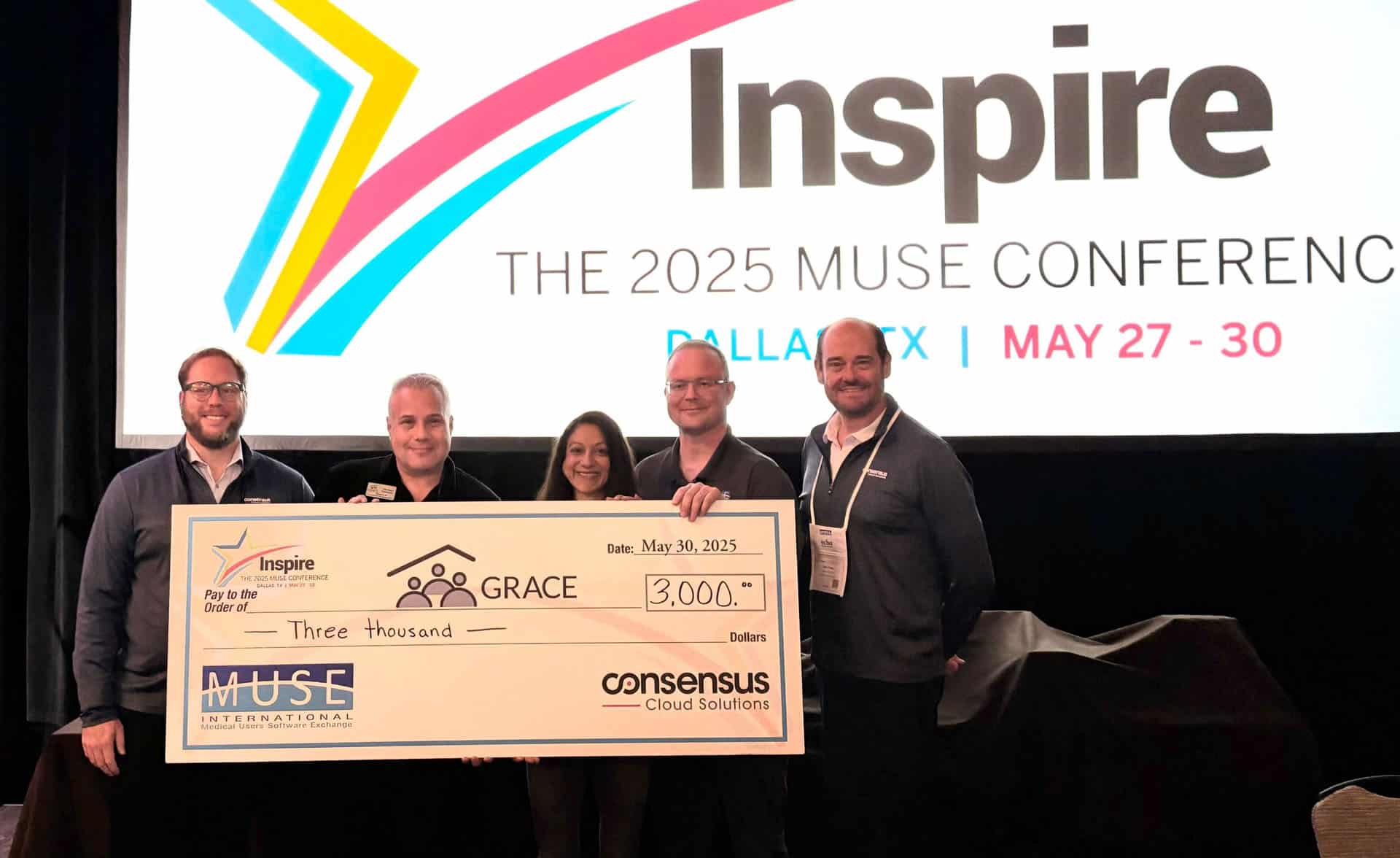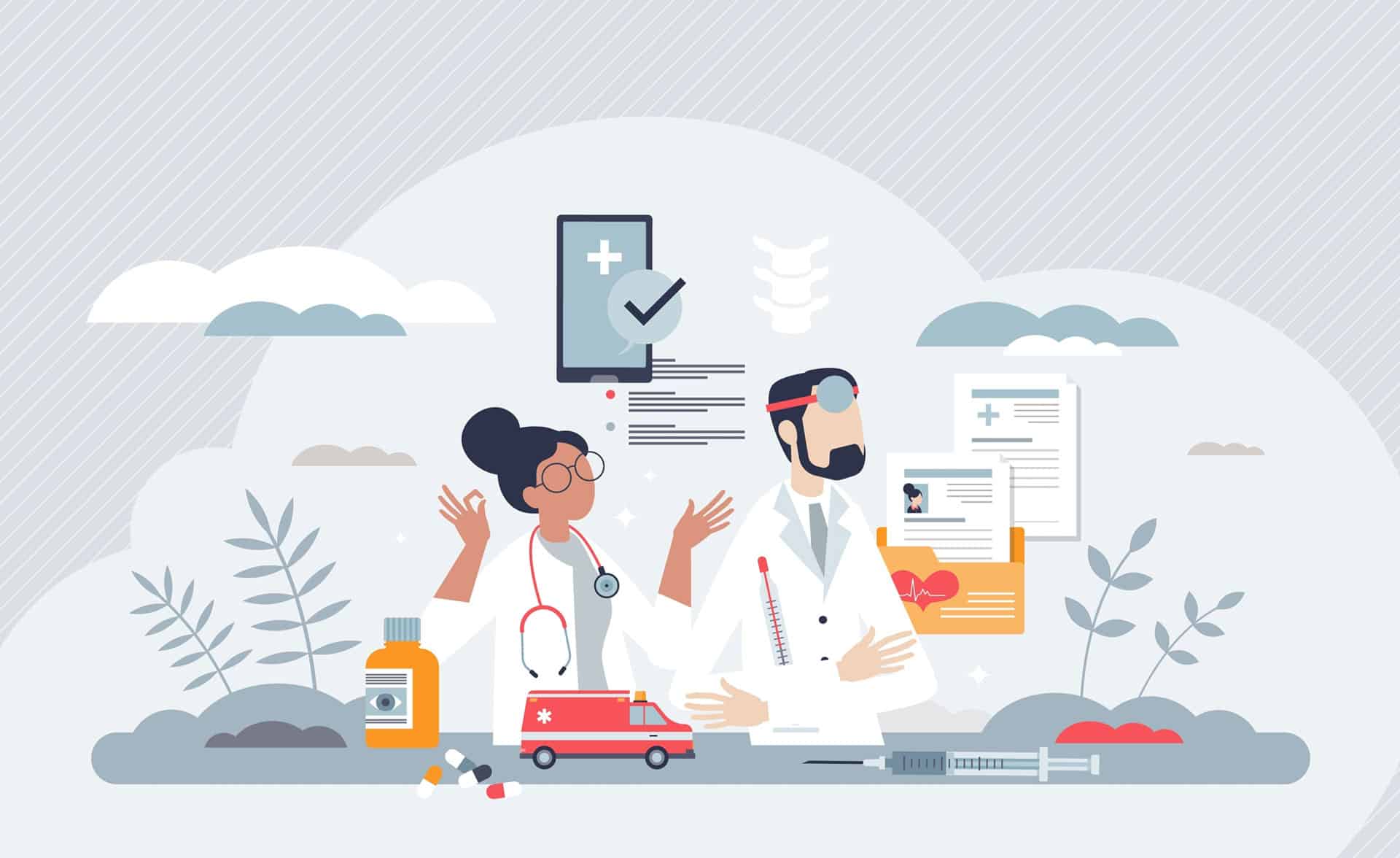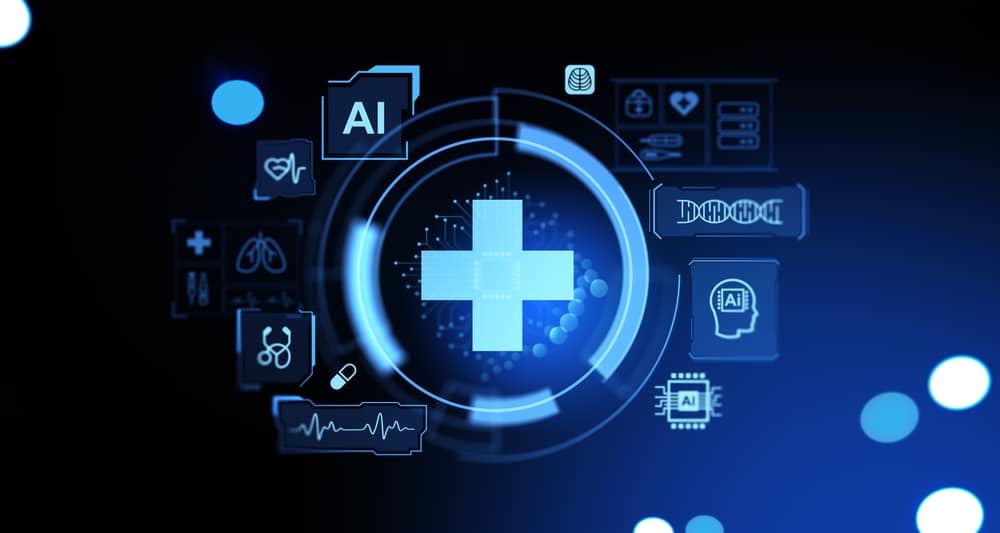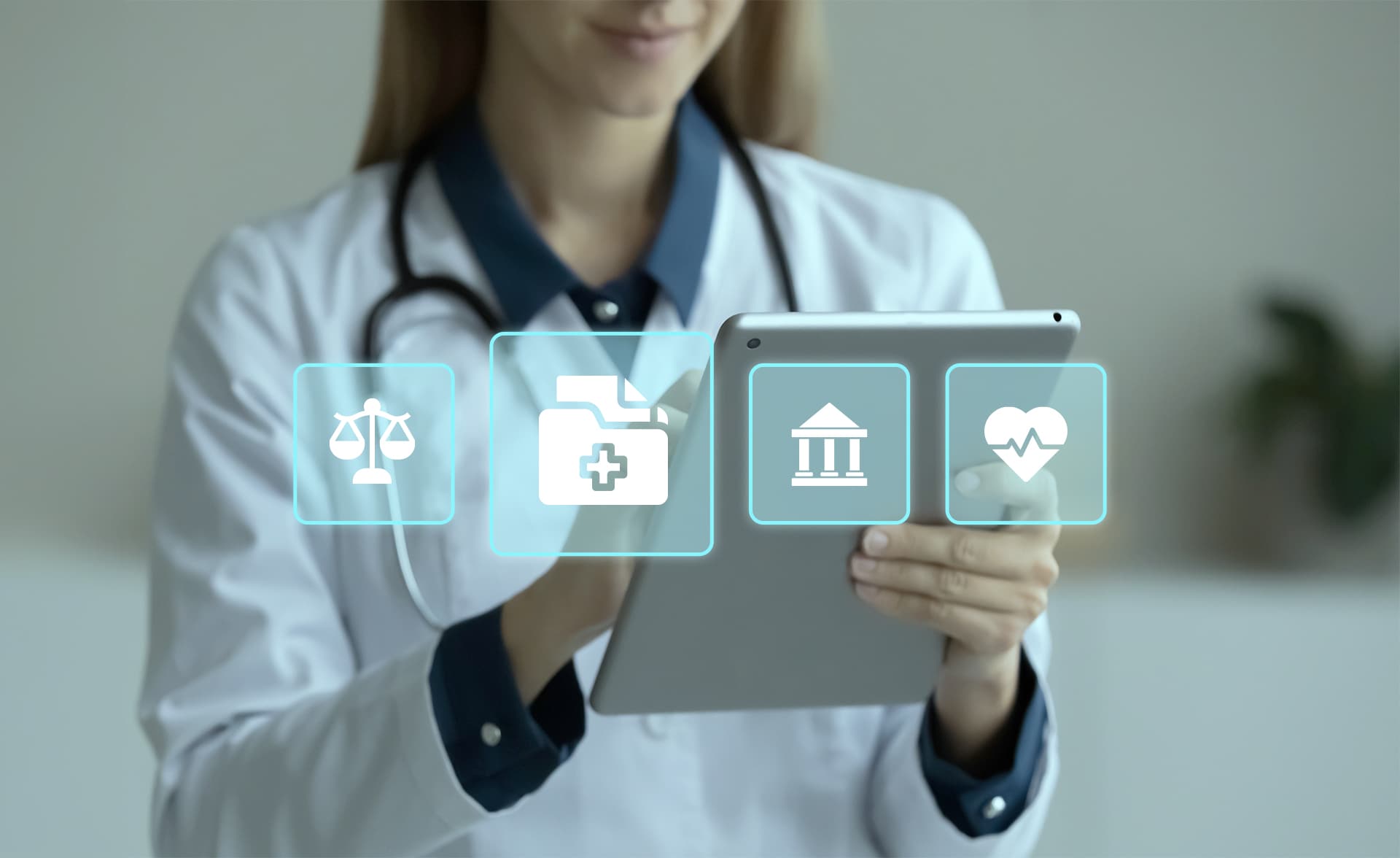Thought Leadership
Innovating Around AI: The Shift Towards Integration and Real-World Impact

Artificial intelligence (AI) emerged as the star of the show at HIMSS earlier this year. It was impossible to ignore the influence of AI on every emerging tool and solution touted at the show as HIMSS CEO Hal Wolf jokingly challenged attendees to find 10 booths on the exhibit floor that didn’t mention AI.
The dialogue around AI has evolved over the past few years. Three years ago, the introduction of AI as an unproven concept in healthcare put many providers on guard. The following year, we saw more organizations develop strategies for harnessing the power of AI, however, real use cases hadn’t emerged yet. Now, conversations around AI have shifted to measurable examples with specific KPIs that showcase how these tools are solving real-world problems in healthcare.
Leveraging AI to enhance efficiencies
Now that we’re seeing more agreed-upon use cases of how AI is solving some of healthcare’s biggest problems, the pace of innovation is pushing technology vendors to advance beyond their core product to create more efficiencies with AI. Many of the big players whose offerings rested on a single solution now understand they must weave AI into their toolset if they want to even be at parity with the AI message. To stand apart from the crowd, vendors need to have specific use cases and examples of how results are achieved.
AI is no longer a competitive differentiator in itself. Instead, stakeholders are now looking for real results from the AI tools they use. Financial pressures are prompting leaders to tighten their focus on ROI: Only a quarter of organizations are confident in their financial readiness to achieve their strategic objectives over the next 12 months, according to the September 2024 HIMSS executive leadership report, “Targeting the Biggest Bang for the Buck.“ Today, 58% of organizations either somewhat or strongly agree that their organization has identified specific use cases for AI around care delivery and outcomes, a March 2025 HIMSS report, “5 Keys to Successful Digital Health Transformation,” found.
Recent research by McKinsey & Company revealed that 30% of healthcare’s administrative tasks could be streamlined by AI. The impact: $130 billion in potential savings for the industry. Solutions presented at HIMSS showcased how AI can accelerate prior authorization approvals and transform unstructured data into actionable intelligence, reducing healthcare’s administrative burden. That’s especially true when this intelligence is integrated and shared with established receiving end workflows.
Intelligent data extraction is one area where health systems are making significant gains in eliminating administrative burden and waste. Our Clarity solution applies natural language processing and machine learning to extract information from faxes, scanned documents, images, and handwritten text—translating unstructured data into structured formats without manual data entry. Once the data is structured, you can apply prompt questions using generative AI to garner even more insights for actionable content. AI-powered automation solutions like these can help simplify complex tasks like document management while empowering healthcare staff to streamline efficiencies.
Embedding AI into larger toolsets
Since the investments required to roll out innovative AI tools can be cost-prohibitive, we’re seeing an influx of companies partnering with other vendors to embed white-labeled AI solutions into their product frameworks, rather than developing their own. As we noticed in recent conversations, physicians are more likely to adopt tools that integrate directly with their EHR.
Emphasizing this tendency for simplicity, another trend I’ve seen emerge is a cry for fewer vendor partners. More and more, healthcare organizations are leaning into streamlined suites of integrated tools that offer more capabilities rather than continuing to juggle multiple platforms.
This trend will continue to push tech vendors to expand their capabilities and develop strategic partnerships with AI-powered tools. Doing so can extend their reach beyond a single product to provide a full arsenal of solutions for today’s healthcare systems. Without an approach such as this, vendors risk being replaced.
Powering more secure solutions
Aside from AI, the other hot topic on everyone’s minds is cybersecurity. According to HIMSS’ annual survey of cybersecurity pros, three in four respondents said their organizations suffered a cyberattack in the past year, emphasizing the critical nature of protecting sensitive data.
With healthcare data breaches becoming increasingly common and more devastating, health leaders continue to stress the importance of real-time threat monitoring and baked-in security to protect every process within a healthcare system. Data security should be a foremost concern, urging organizations to take a closer look at the tools they’re using to ensure HIPAA compliance and multi-factor authentication through every step of data exchange. For smaller hospitals, implementing advanced cybersecurity technology is prohibitive. Solutions like two-factor authentication can be achieved by using digital cloud faxing, such as eFax Corporate®, to send and receive PHI. Our eFax Corporate solution can facilitate many of the security requirements to enhance data security and reduce the impact of a cyber attack.
Moving forward
The conversations and presentations I’ve heard at this year’s biggest healthcare conferences reinforced the message we’ve been sharing at Consensus for years: Healthcare leaders need more simple, secure ways to send and receive sensitive healthcare data.
Like it or not, despite the t-shirts we saw at HIMSS this past March urging health leaders to ditch the fax, this trustworthy tech tool is here to stay—and it’s even incorporating the latest AI innovations to go beyond the fax and modernize how we send and receive information with enhancements for easier workflow. Even as healthcare technologies continue to advance, digital cloud fax remains a critical bridge that will connect stakeholders with the information they need to deliver patient-centered care while alleviating administrative burdens—contributing to a stronger healthcare ecosystem in the future that provides measurable results.






























